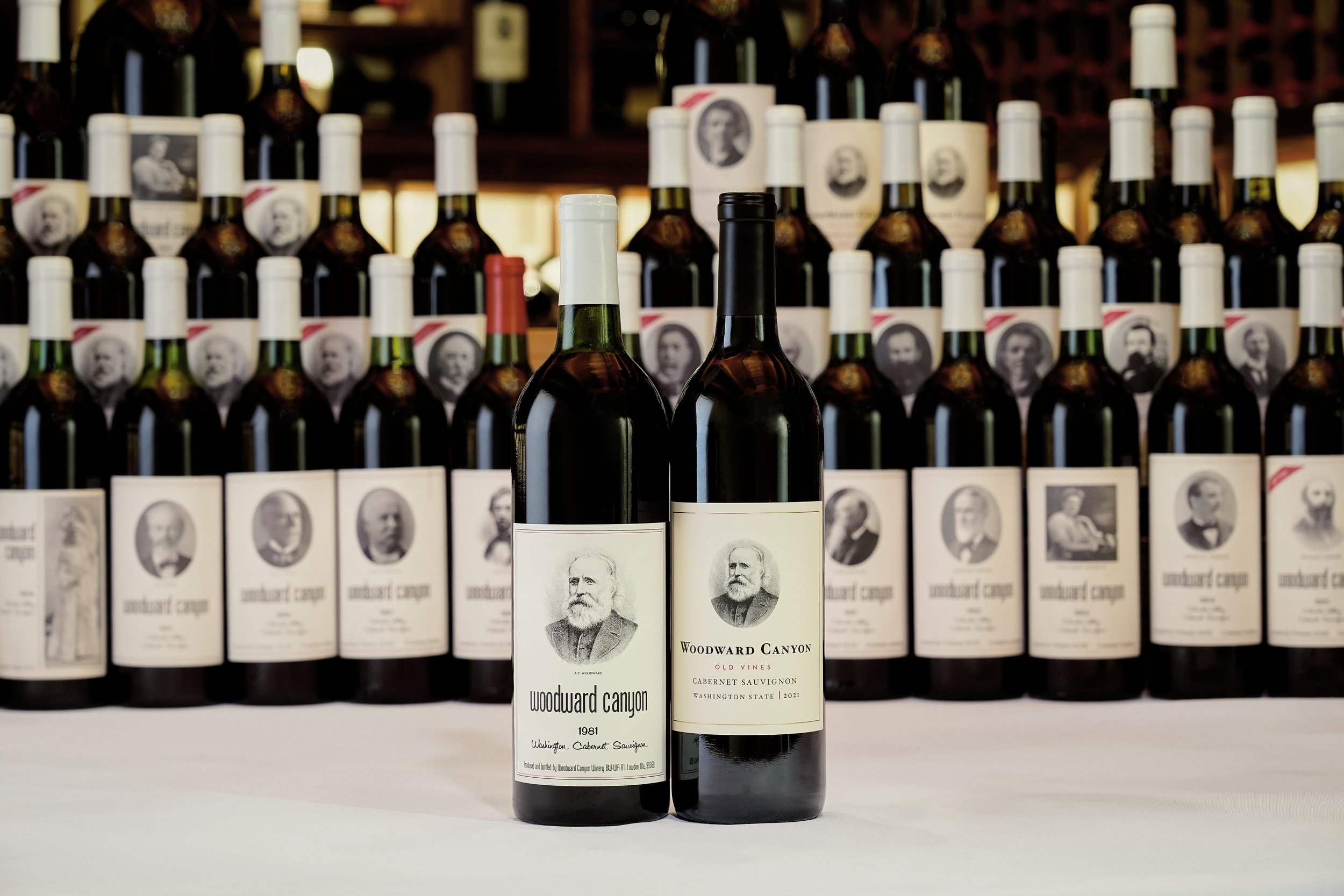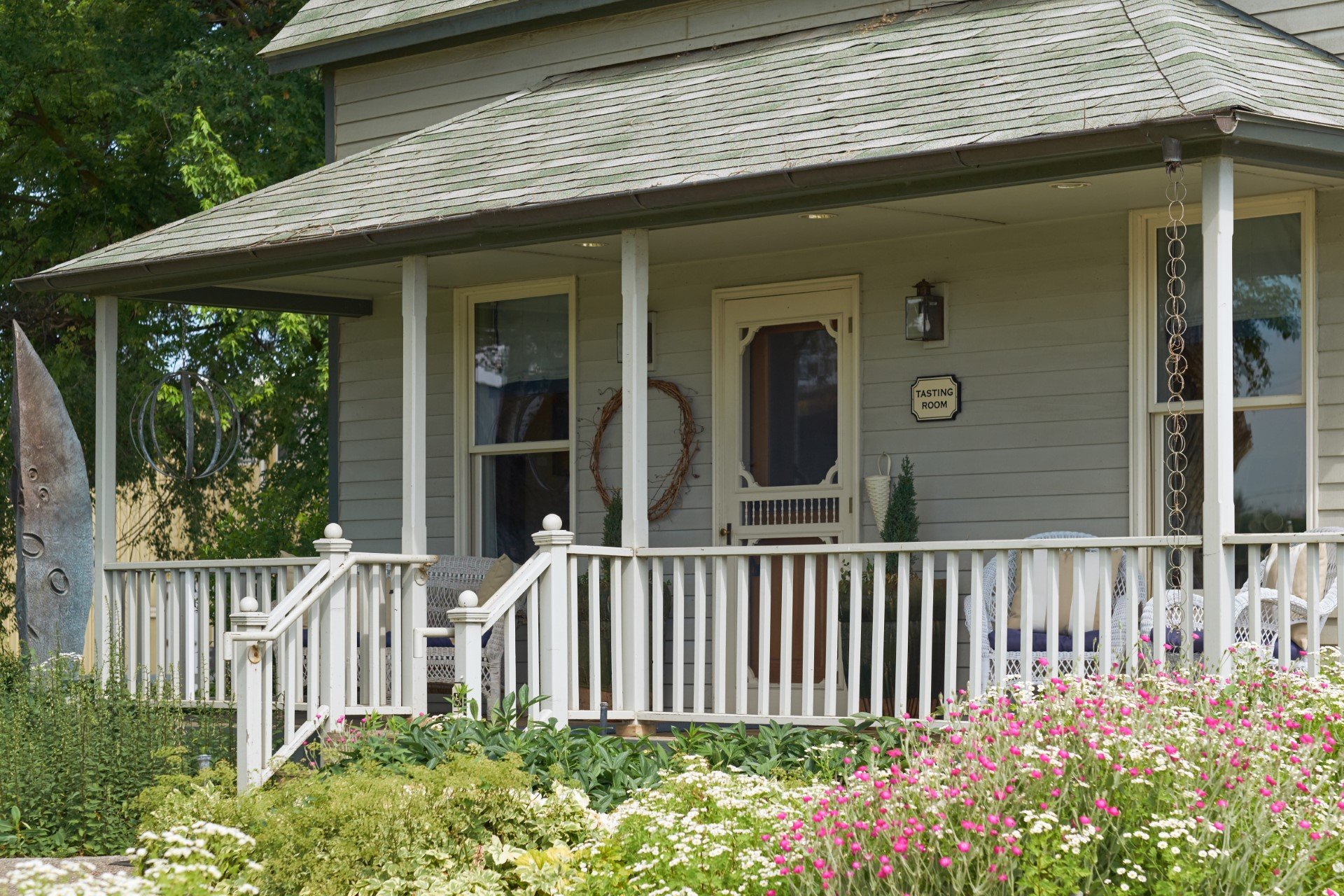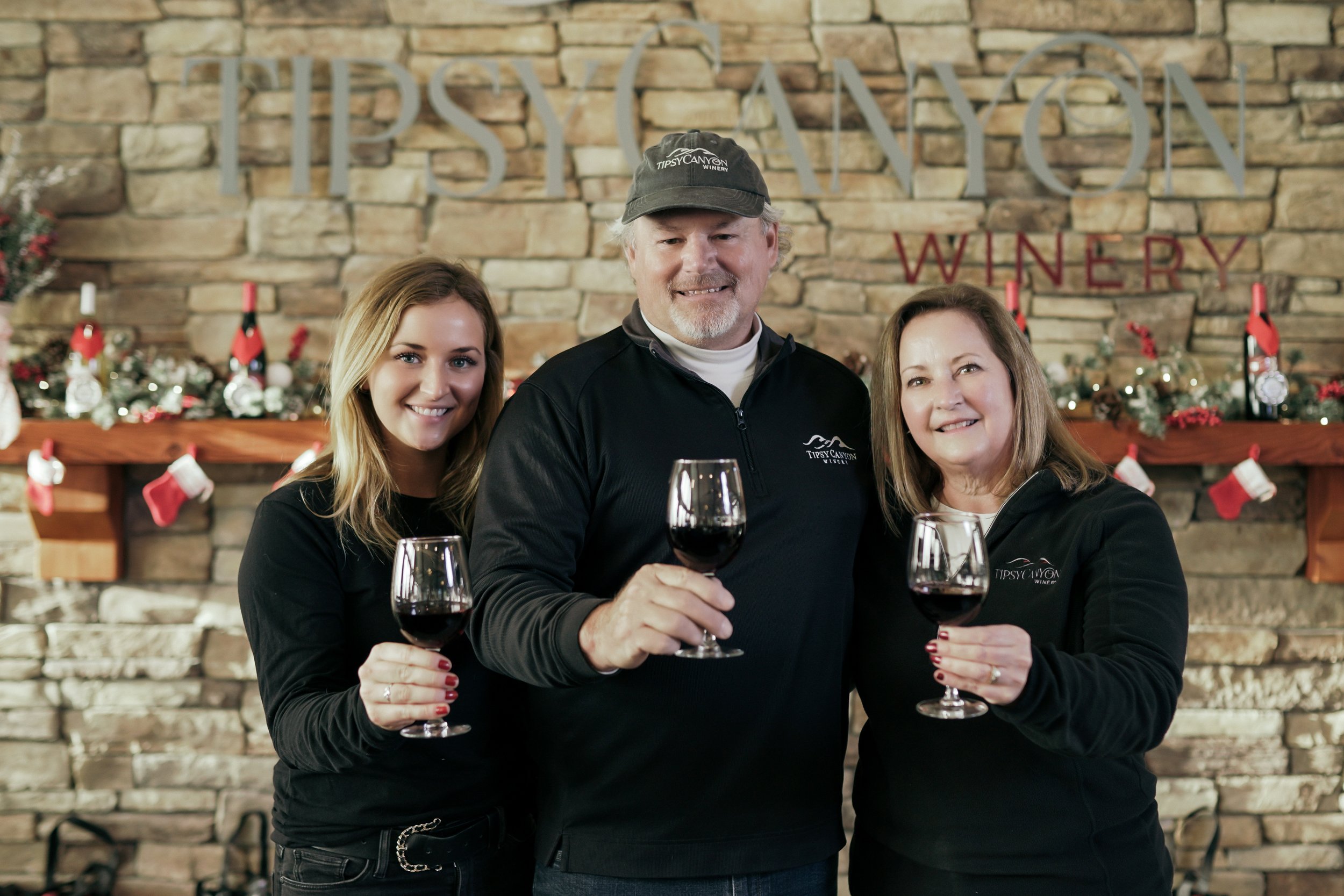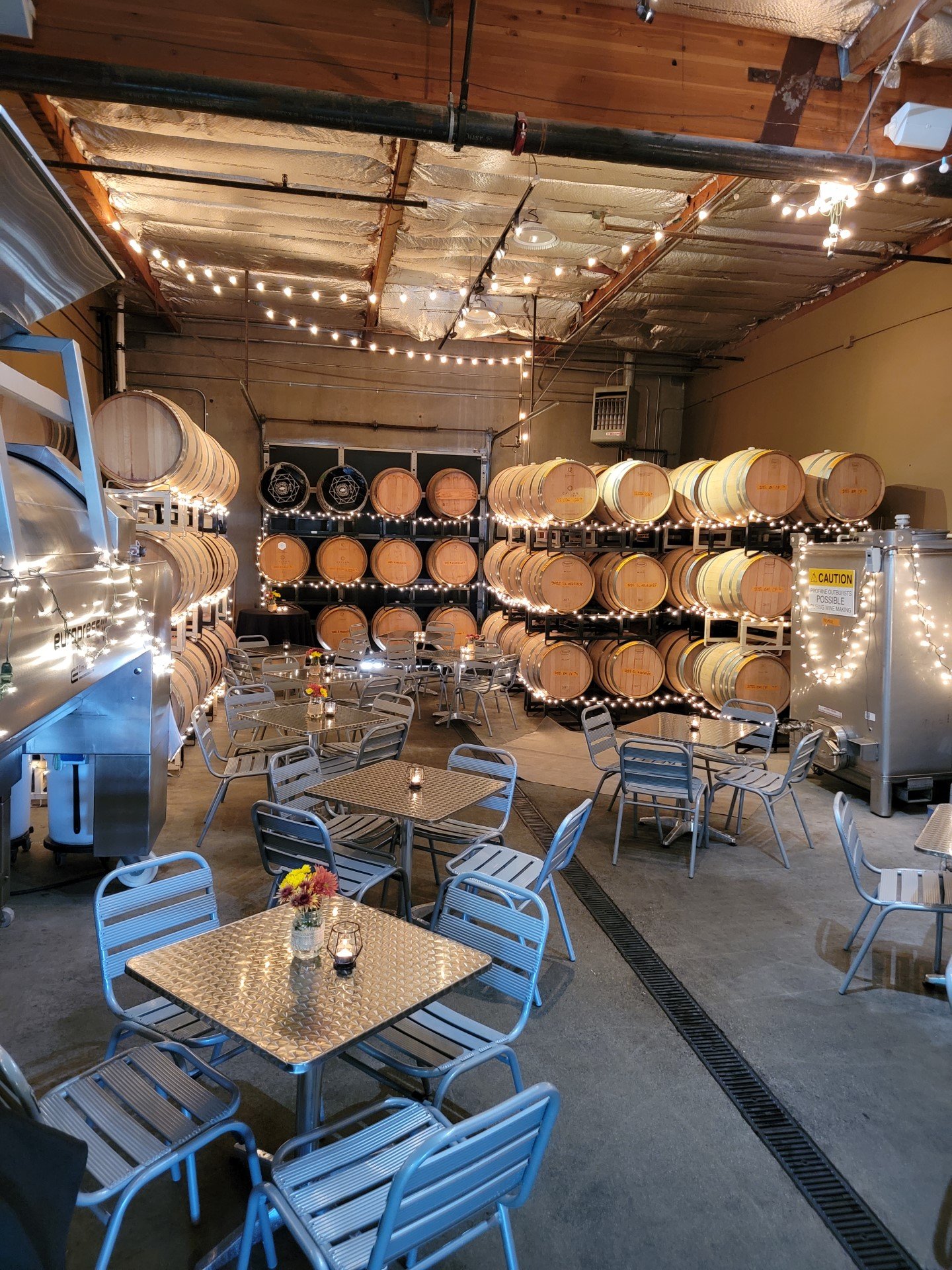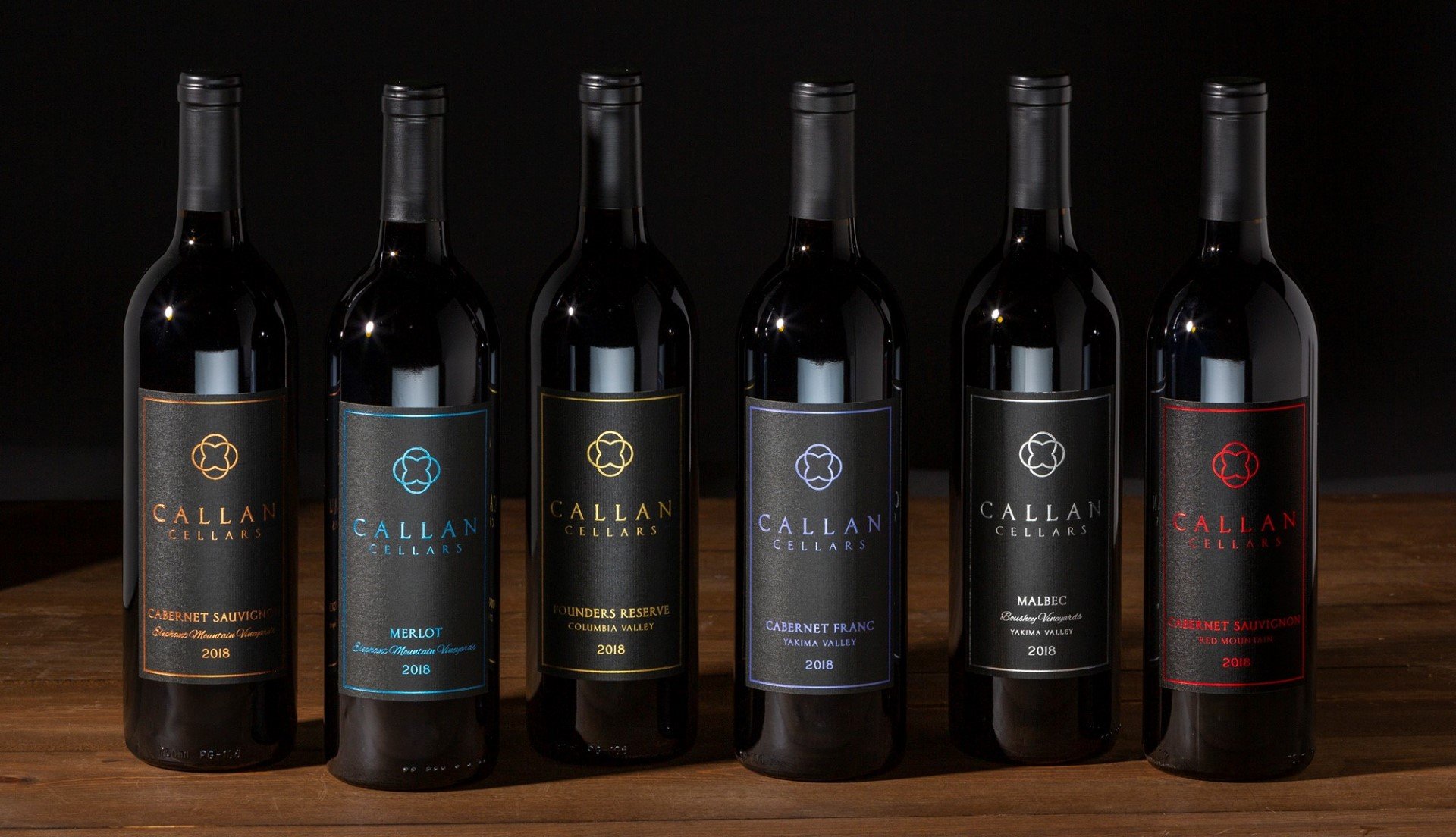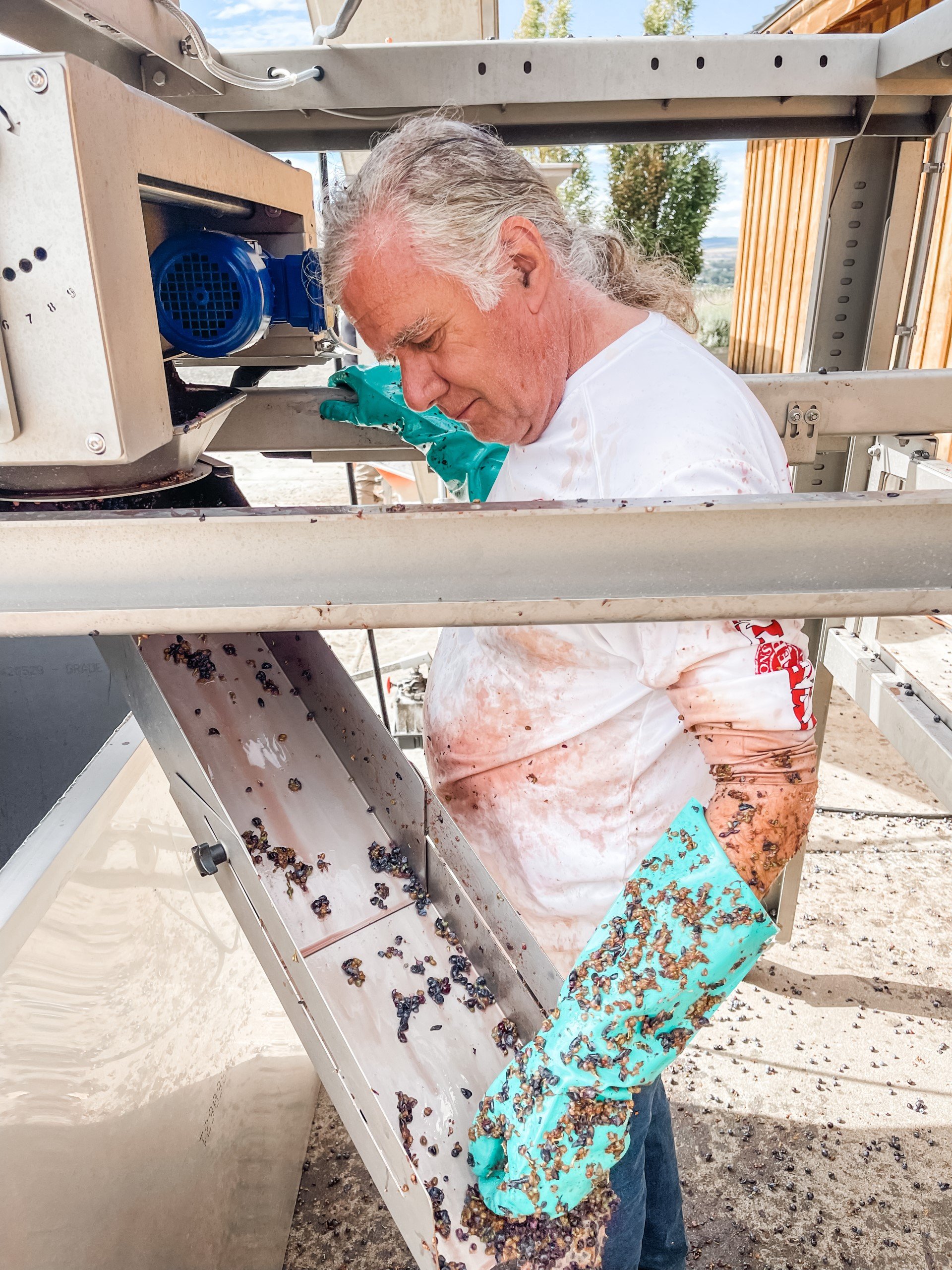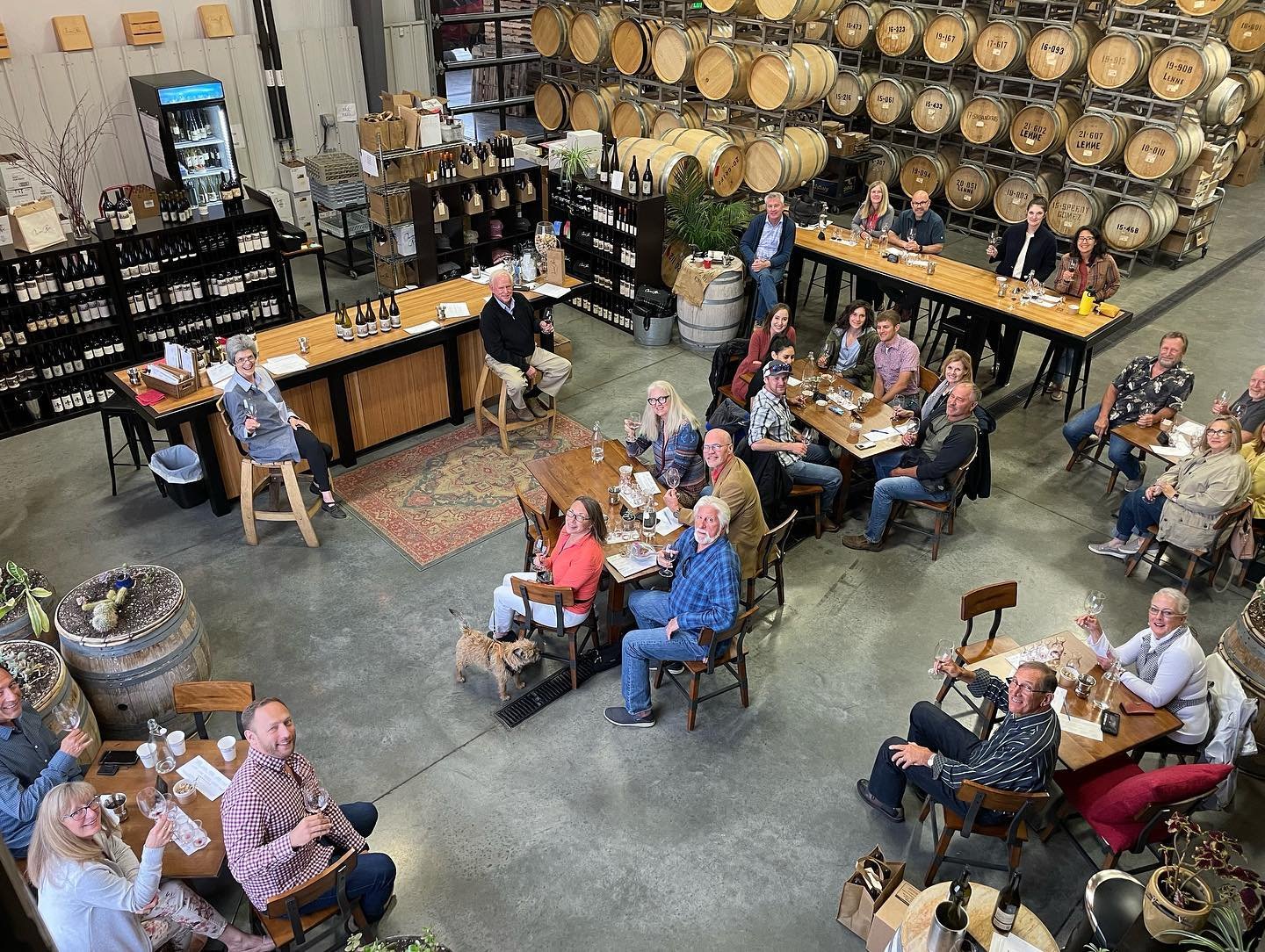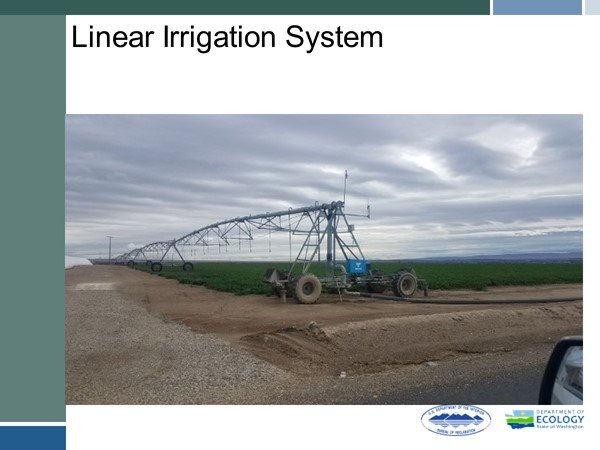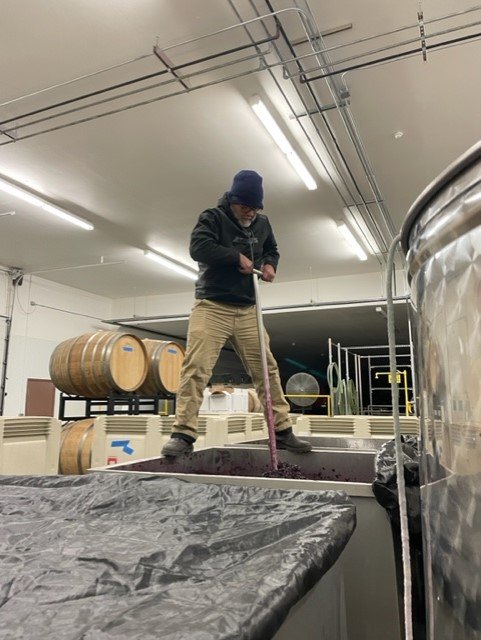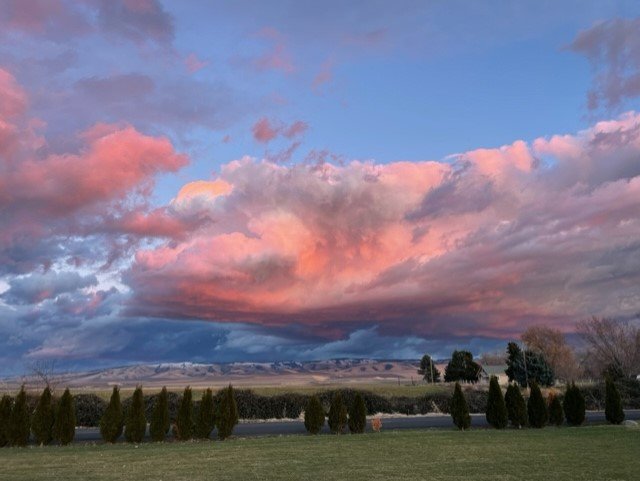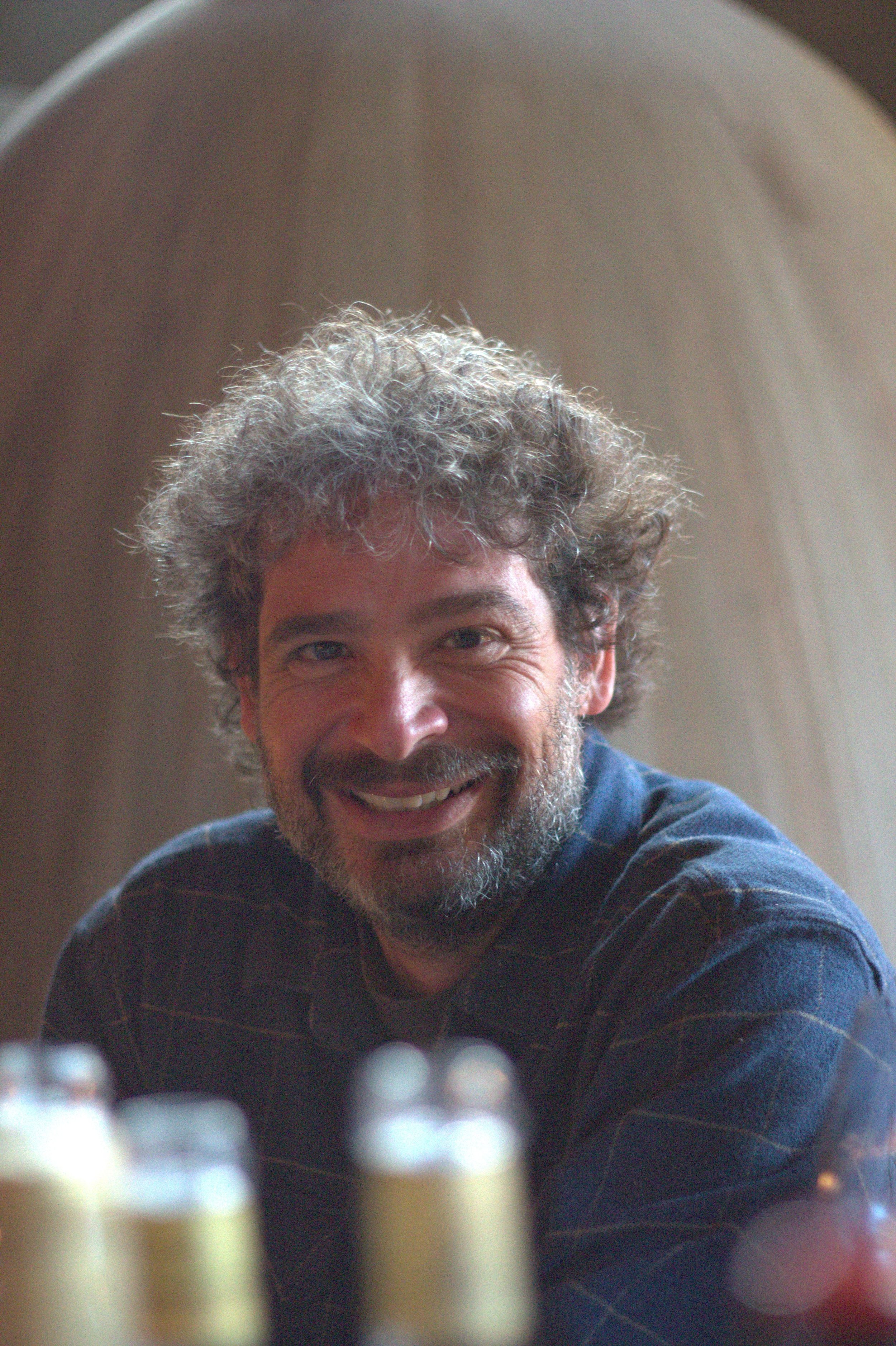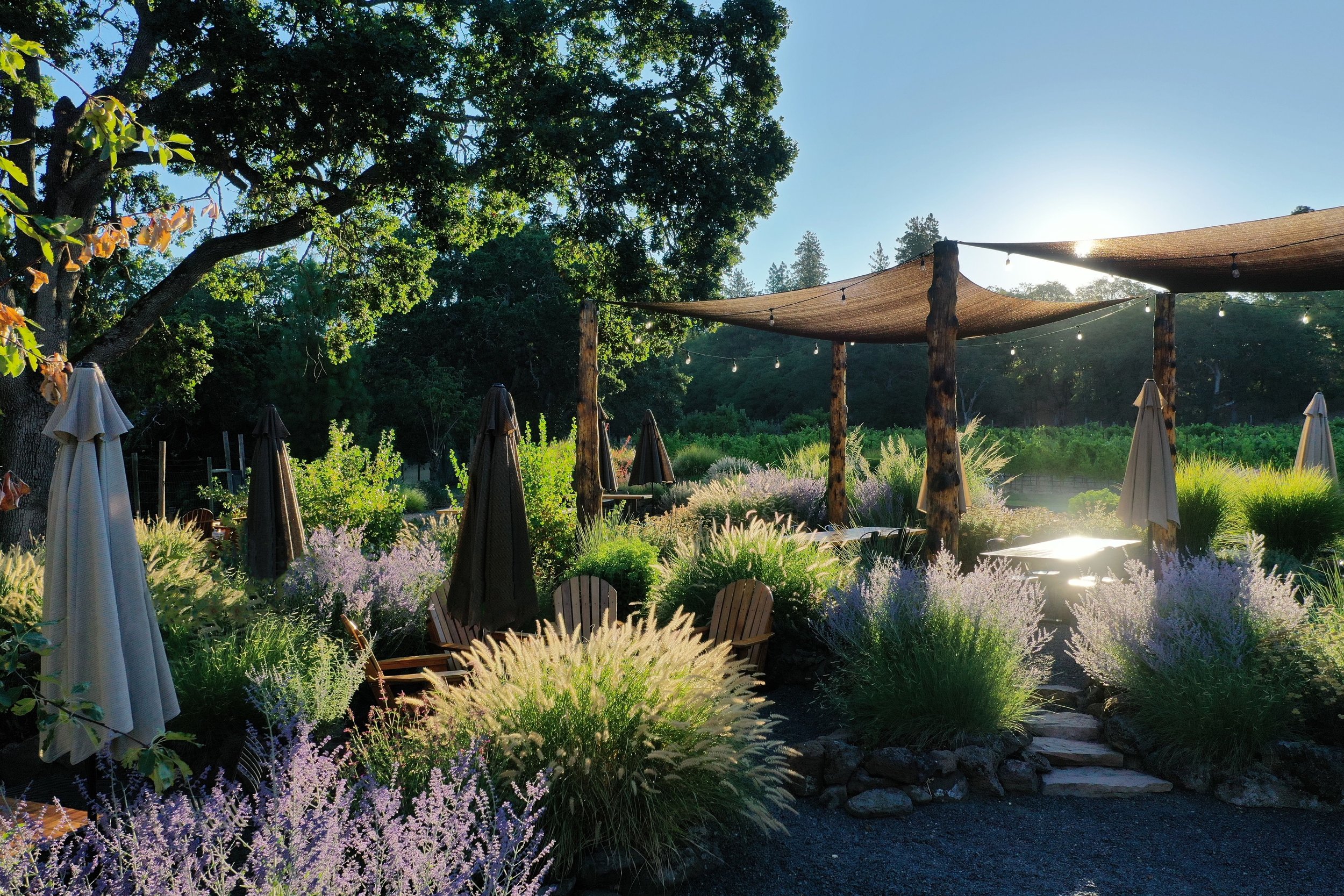Rick Small, co-founder of Woodward Canyon Winery
The Small family has deep agricultural roots in Walla Walla going back multiple generations, with a focus on cattle and wheat farming. So it was more than a surprise to his parents when, in 1977, Rick Small expressed a desire to plant some wine grapes on family wheat land in Woodward Canyon. He had a degree in agriculture, but no schooling in growing grapes and making wine. His good friend Gary Figgins was making homemade wine, and Rick was really enamored with the process. He wrote to the University of CA at Davis bookstore, and ordered all the textbooks they had on viticulture and enology. By 1981, Rick had planted some Chardonnay, and he and his wife Darcey had started Woodward Canyon Winery, the second bonded winery in Walla Walla. They must have been quick studies, because their 1987 Cabernet Sauvignon was Washington state’s first wine to be in Wine Spectator’s Top 10 Wines of the World.
Awards have continued to flow to Woodward Canyon, which today is one of Washington state’s legendary wineries. Although Rick and Darcey remain co-owners, Woodward Canyon is now in the hands of their children, Jordan and Sager. They are carrying on the winery’s reputation for fine wine, but also for links with other aspects of culture such as history, the arts and civic mindedness. In this interview, Rick Small discusses much about the origins and philosophy of Woodward Canyon Winery and Vineyard, and how viticulture and winemaking have changed since those early days. He also explores the fascinating backstory behind the Walla Walla pioneer labels started in 1981, and the artist labels that have decorated artist series Cabernet bottles since 1992. Don’t miss this remarkable interview with a true pioneer and pillar of the Washington wine industry.
Listen to the Interview (53 mins):





